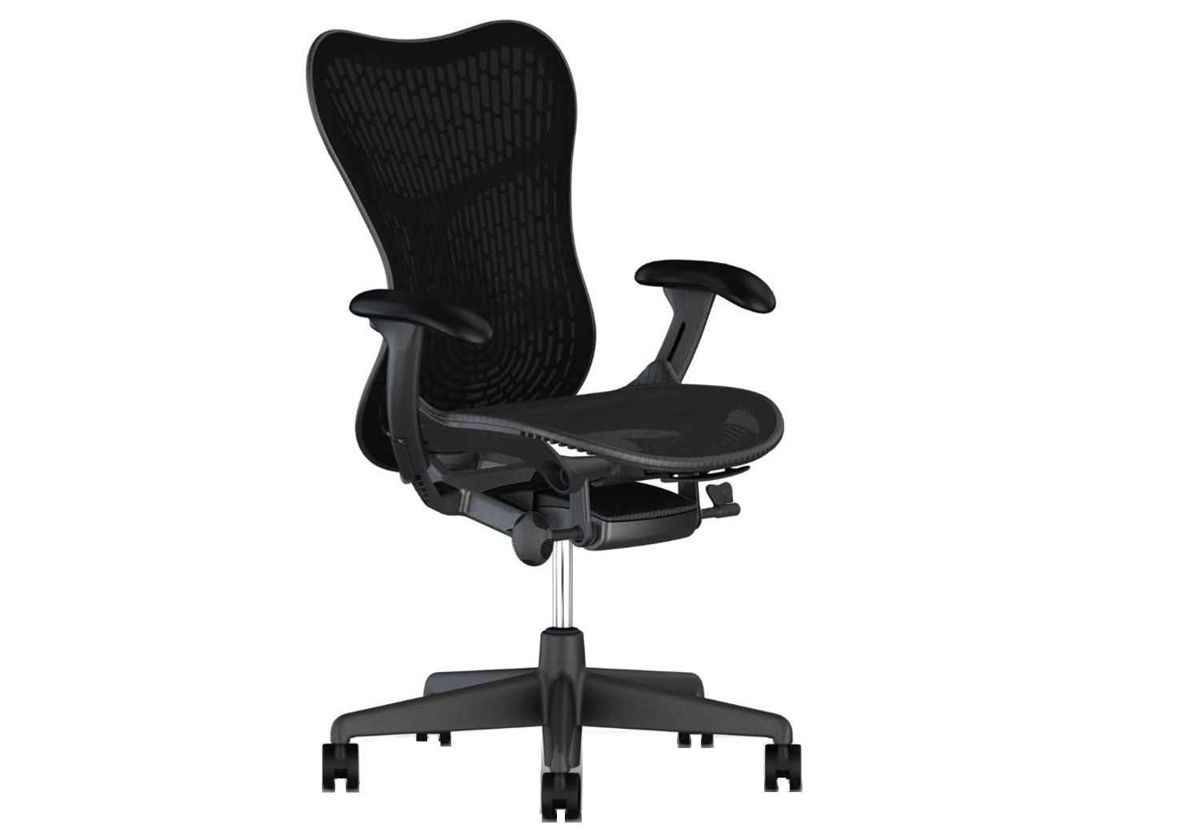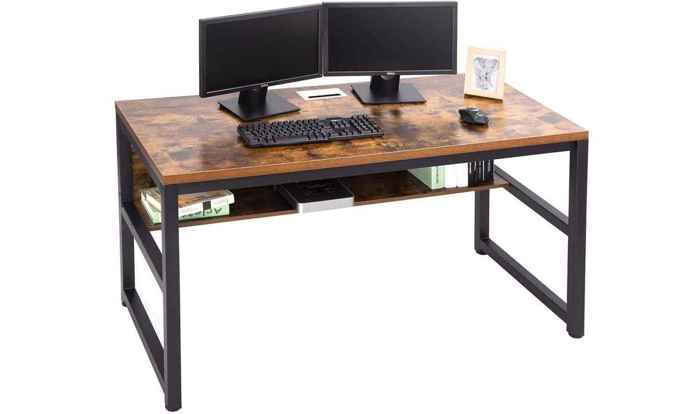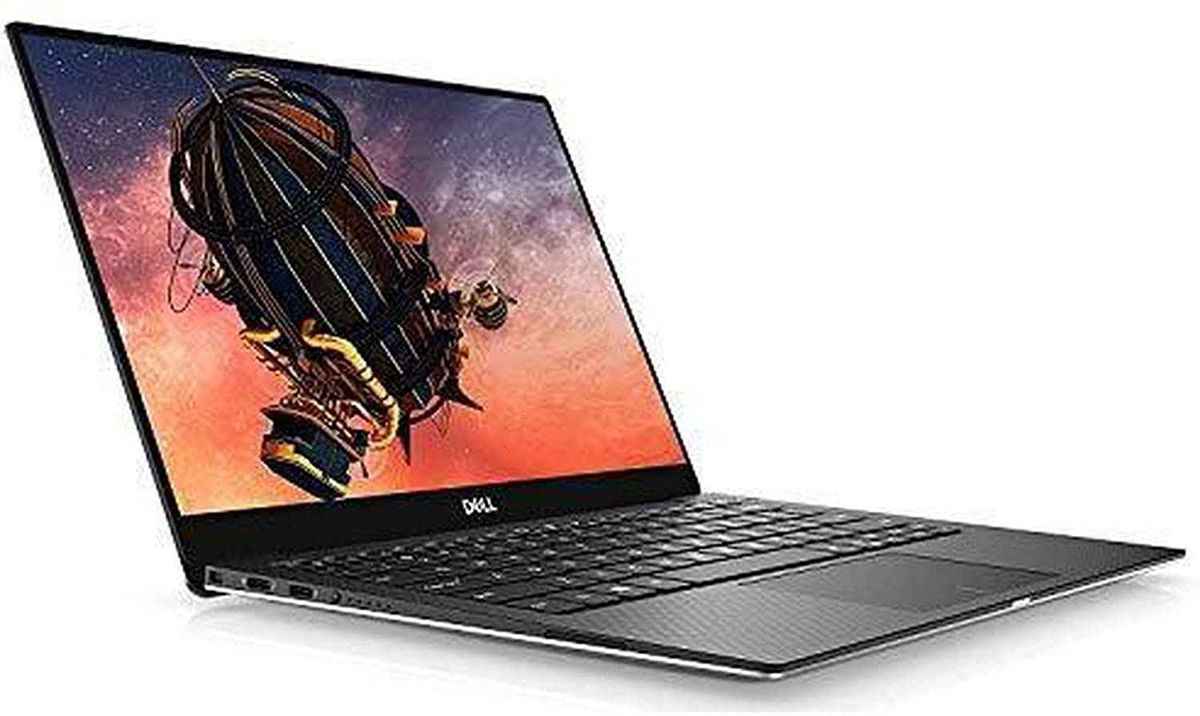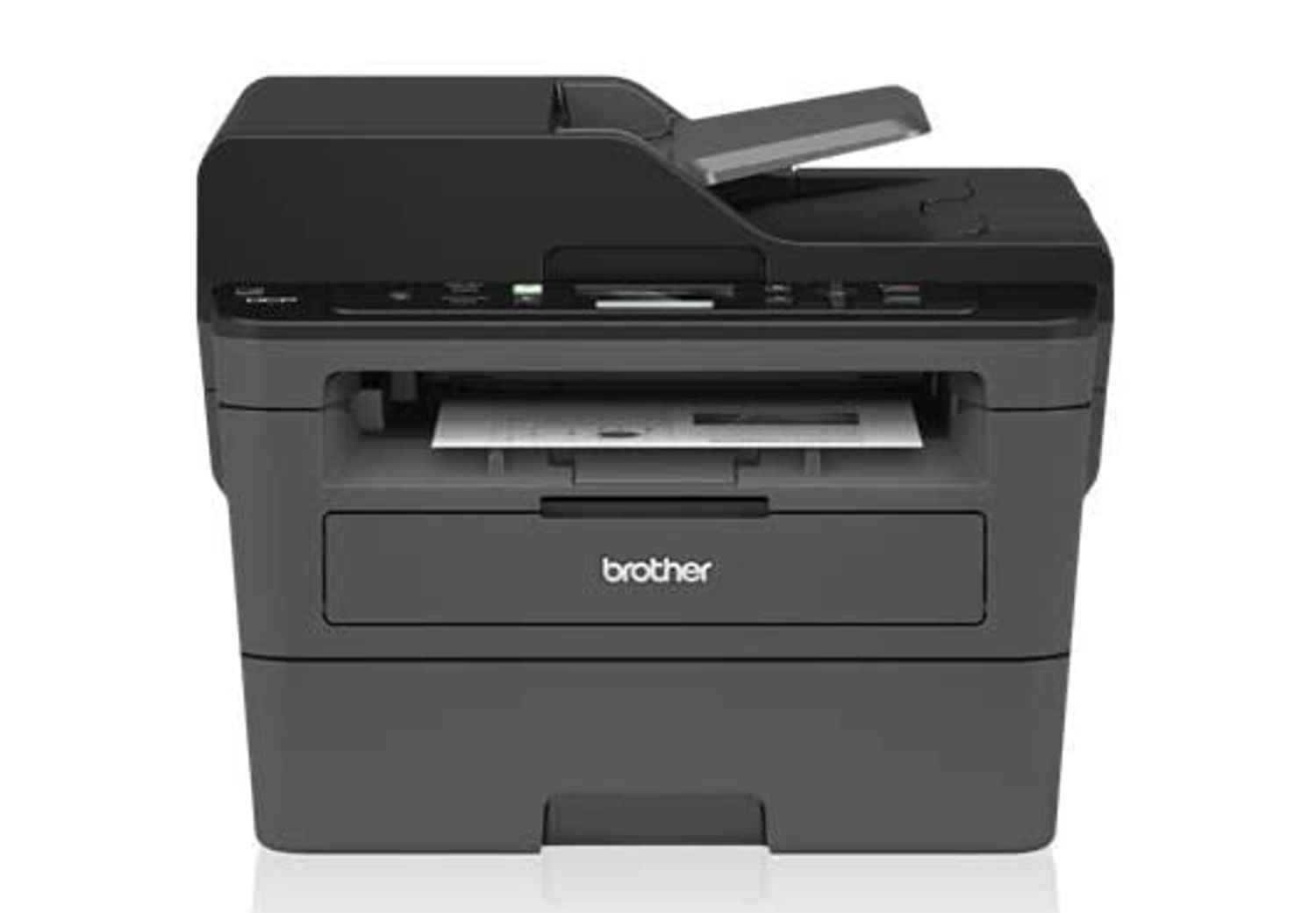
How to achieve the best home office set up.
About two-thirds of businesses that have adopted remote work policies as a result of COVID-19 plan to keep at least some of those policies in place long-term or permanently, according to a recent study performed by 451 Research, a unit of S&P Global Market Intelligence.
Other well-documented studies have found that the business community in general is trending toward remote work, and several major companies have already announced new policies. It seems clear that direct employees will continue to join the growing ranks of independent contractors that already make-up an expanding remote workforce.
The keys to a productive home office work environment are safety and having the right tools. Safety is primarily related to the ergonomics of the workspace. A repetitive strain injury (RSI), sometimes referred to as a repetitive stress injury, is a gradual buildup of damage to muscles, tendons, and nerves from repetitive motions.
Needless to say, the remote workspace revolves around your computer, and your daily interaction with that device is the epitome of repetitive actions. RSI not only causes major losses in productivity, it can also make your life miserable.
That being the case, we are going to focus on the ergonomics of your home office designs to ensure a safe work environment so you can avoid the repetitive strain injuries that a bad office setup can cause.
Space
Ideally, you'll be able to set-up your home office in a separate space in your home that is properly outfitted for work. Of course, a dedicated space works best so you can separate yourself from the rest of your life, but if that's not possible, you can convert a guest room into a dual-purpose space; or as a last resort, try to find a niche space you can use that is out of the way of the rest of the household.
Home Office Chair
We start with the chair because this is the platform that supports your posture and defines how you interact with your computer and other office equipment. There are a lot of bad home office desk chairs out there that will actually contribute to the stress that causes injuries. Upright chairs, like dining chairs or decorator chairs are the worst. They are rarely the right height, and typically don't encourage proper posture.
When it comes to the best home office chair, you should buy the best quality ergonomic chair you can afford. A professional chair like Herman Miller's Mirra 2 model is ideal, if a bit pricey at around $700. You definitely don't need to go the $800 - $2,000 route to get a good chair though; there are plenty of satisfactory options in the $150 - $300 range, like those in our best office chair reviews. In deciding which is the best desk chair for home office use, customer ratings can provide valuable insights.
At a minimum, your chair should have an adjustable height, a solid roller system, and lumbar support for the lower back. Depending on your budget, it's desirable to also have an adjustable seat-pan tilt, arm height adjustments, and lateral arm position controls. Another consideration is whether or not you are going to have a standard height desk, or opt for an adjustable standing desk (more on that later). Just remember, you'll be spending a lot of time in the chair you buy, and it'll have a major impact both your health and your productivity.
Desk
The design of your desk depends on personal preference and the space available for your office. In our reviews of standard and standing height desks, it's clear that no matter what style you choose, the height of your work surface is critical. The industry standard desk height is 29 - 30 inches from the floor to the top of the work surface. Obviously, tall people do better with a higher surface, and shorter people do better with a lower surface. Buying a desk or table that is height adjustable is important to the proper positioning of your upper body. Many desks have adjustable feet that let you change the height at least an inch or two, and desks with greater height adjustability are available at a reasonable price.
Your work surface is at the correct height if your forearms are parallel to the ground and your wrist is not bent up or down when you type or use the mouse. This means that your wrist is on the same plane as the top of your forearm, with your fingers dangling slightly down to the keyboard. This position helps avoid stress that can cause injury.
In deciding whether to purchase a standard or standing height desk, keep in mind that ergonomic considerations are the same for both types of desks. If you choose a standard height desk, you will not be sacrificing any ergonomic benefits versus a standing desk.
That being said, based on both clinical and anecdotal information, you should consider purchasing a standing desk for other health related reasons. In their recommendation to use a standing desk, the Cleveland Clinic sites research that suggests that decreased circulation caused by your lower body being relatively static when sitting excessively increases the risk for obesity, diabetes and heart disease. Further, less movement throughout your day means more aches and pains.
If you do purchase a standing desk, make sure you alternate between sitting and standing regularly. Some standing height desks even include motors to adjust the work surface height so that they are a perfect fit, regardless of your height. In our review of desk chairs, we include drafting chairs that are ideal for use with a standing desk.
Monitor
If you're a laptop user, like most of us today, whether or not you use a monitor when at your desk is a personal preference; some people love them and some people hate them. If you want to use a monitor, you'll be happier with a larger one (or maybe two for certain applications).
Many major brands offer high-quality monitors, so you should avoid the cheapest ones as they can lead to eye strain over prolonged use as a result of their lower resolution. You should buy the best monitor you can afford that are QWXGA, QHD, WQHD, or 4K UHD rated.
Also, make sure your laptop or desktop computer can connect to your monitor at HDMI 2.0 or greater to provide the maximum sharpness, especially on larger monitors. Your computer's video specs will tell you the highest monitor resolution it will support. A DisplayPort or USB-C connection to your monitor will also provide a high quality image. The height of your monitor should line up so that your eyes are at a height of 25% to 30% below the top of the screen when looking straight-head. This will help you avoid injury by keeping your shoulders level and promoting proper alignment of your neck and spine.
Lighting
It's easy to underestimate the impact of lighting on your work environment, but it has a major impact on your eye health and your ability to work comfortably. Lighting can be very subjective, but you can avoid unnecessary eye strain by following a few rules of thumb. Indirect overhead light works best, but if more light is needed, place lamps in a manner that avoids competing with your monitor (or laptop display).
Avoid having windows behind or to the side of your desk to eliminate eye straining glare. When placing lamps on the work surface, use a task light so that the light does not compete with your display. Lastly, don't place lamps that will be in your direct field of vision when you're working at your computer.
Internet Basics
First, get the fastest high-speed internet service you can afford, with 50Mbps being a good target. This should provide enough bandwidth and speed for multiple connections, while avoiding interruptions or annoying lag when working online or conducting conference calls.
Second, bandwidth inside your home can have a huge impact on your productivity. Your local network bandwidth is provided through your router, which may or may not have an integrated modem. Although the best connections to the network are made by physically wiring your devices (computers, phones, streaming services, etc.) to your router's Ethernet ports, that option is often undesirable, impractical, or both.
When making connections to the internet via your Wi-Fi network, you'll get the best performance by installing your own router, which will always be superior to the router your internet service provider offers. You can often get a credit from your provider if you supply your own router, rather than using theirs.
More modern devices support at least 802.11ac (Wi-Fi 5) connections to your router, with the newest devices being equipped for the latest 802.11ax (Wi-Fi 6) protocol. Connecting wirelessly to the internet through a quality Wi-Fi 5 , or even better, a Wi-Fi 6 router, will usually mitigate the performance loss when not using Ethernet connections. When using a Wi-Fi router as your primary connection, make sure you purchase the highest quality device you can afford. Suitable Wi-Fi routers can be purchased at a starting point of around $80.00.
One final note, when purchasing a new Wi-Fi router, make sure you buy one that is Wi-Fi 6 802.11ax capable, as the price difference between a Wi-Fi 6 and a Wi-Fi 5 router is negligible. All routers are backward compatible, so all your current devices will work on a new Wi-Fi 6 router, and you'll still get performance benefits from a Wi-Fi 6 router even when connecting with older protocols.
You'll also be getting a bit of future proofing, because the Wi-Fi 6 router you buy now will provide the best performance for devices you upgrade to later, which will predominantly be using the Wi-Fi 6 connection protocols.
Other Equipment
If you elect to use a monitor, you'll need a keyboard and a mouse or a touchpad; make sure they're responsive to the touch and they're the right size for your hands. Wireless devices are always preferable, as they eliminate unsightly and annoying cables, and provide flexibility for arranging your equipment.
Headsets or earbuds work well for voice calls and online conference calls by reducing competing noises in the household, and they free up your hands, making it easier to work. They also eliminate the temptation to cradle a phone with your neck; a sure way to pinch a nerve or cause muscle strain. Make sure your computer and monitor and/or dock support two-way audio (Mic and headset), not just audio-out, and check to see if your headset's 3.5mm jack works with everything, or if you need a 3.5-to-2.5mm adapter.
When considering wired or wireless earbuds instead of a headset, make sure you're comfortable with the fit. Some people can wear them all day long, but some find the in-ear variety uncomfortable for long-term use. Poor fit and audio quality are typically associated with low-cost earbuds, so be aware that a comfortable set that performs well will generally run from $100 - $200, more.
A docking station makes it easy for laptop users to come and go without removing connections for keyboards, mice, and monitors; of course, if everything is wireless you don' need to worry about that.
Regardless of whether you need a color or a black & while only model, you should get a multifunction printer/copier/scanner. The price for a good laser printer has dropped considerably in recent years, and laser printers are much cheaper to operate than inkjet printers. They are also more durable, and don't suffer from dried-ink and clogged nozzle problems like inkjet devices. If you absolutely have to have color and don't want to incur the additional up-front expense of a color laser printer, then an inkjet printer would be your choice. And for those that need fax capability, some multi-function printers provide that as well.
You should always use a surge protector for your expensive equipment, or you can get that functionality, plus some extra up-time with an uninterruptible power supply (UPS) with battery back-up. A power strip with a built-in surge protector is an inexpensive insurance policy in the event of a power surge or brown-out on the electrical grid; or in the case of a UPS, you'll have time to make sure all your work gets backed-up.
If your UPS is big enough, you could continue to use the internet in the event of a power failure by providing battery back-up to your cable modem and wireless router while the utility sorts out the power problem.
Lastly, you need to have back-up capability on all your files. You can do this with a thumb-drive or external disc drive via USB cable, or via your Wi-Fi network on your router if the router is configured to do so. As an alternative you can use a cloud service for off-site storage. Either way, make sure you have some system for automatically backing up all your files, because its a fact that someday that disc drive in your computer will fail, they always do.





